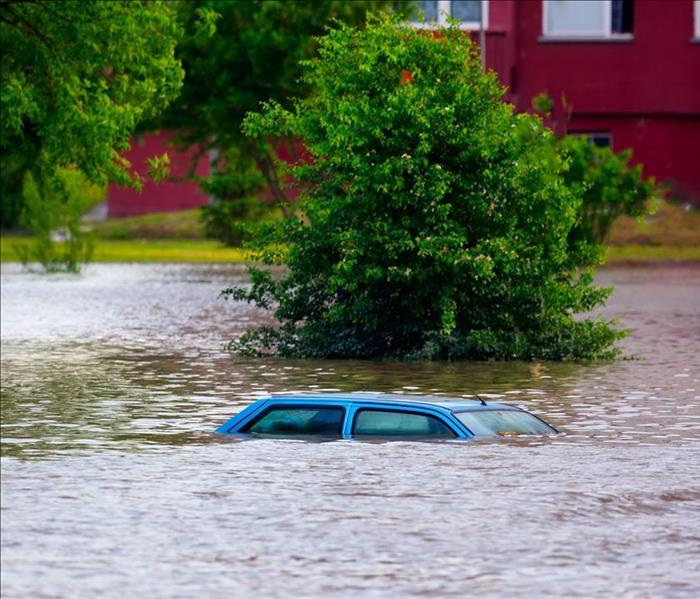What You Need To Know About Flooding, Flood Insurance, and FEMA
7/19/2022 (Permalink)
Floods are some of the most common types of natural disasters throughout the United States, and there are several sources of natural flooding:
- Prolonged rainfall
- Heavy snowmelt
- Powerful storms
- Broken dams
- Lack of drainage
Unfortunately, even homes that aren’t situated on a flood plane can be vulnerable to these disasters.
What Is the Importance of Flood Insurance?
Whether the risk to your home in Layton, UT, is obvious or not, it’s important to add flood insurance to your policy. This additional coverage is the best way to protect your home and family from significant loss.
What You Need To Know About Urban Flooding
Urban flooding happens when a community’s infrastructure isn’t prepared to handle heavy rainfall. In this case, water flows from roads, sidewalks, parking lots, and other surfaces into storm drains, ultimately overflowing into yards or up through residential sewer systems. Communities that aren’t located in flood zones are experiencing more risk of street flooding, overwhelmed sewer systems, and flooded neighborhoods because of heavy or prolonged rainstorms. This means that even if you haven’t had a problem with rainfall flooding in the past, you could be caught in a disaster situation in the future.
What To Do if You Don’t Have the Right Insurance
What if you don’t have coverage for flooding? You may still have some recourse through the federal government. The Small Business Administration offers loans, and the Federal Emergency Management Agency offers grants to cover some related expenses.
Loans for home repairs through the SBA are classified as disaster loans. You will have to pay back the money you receive, but you can count on low-interest rates with extended repayment periods, often up to 30 years. The specific repayment terms for your loan are determined by your specific circumstances. An SBA disaster loan can be used to repair and replace your home and your personal property, including cars. You won’t be allowed to use the funds for additions or upgrades to your home, but they may cover any work done by water damage cleanup and repair professionals. Even if you don’t think you’ll use the loan, it’s a good idea to apply because this could also help you qualify for other funds.
FEMA provides grants for families located in federally recognized disaster areas. These grants are available through the Individuals and Households Program and are generally meant to cover expenses that aren’t covered by your existing insurance policy. Unlike the broad coverage allowed by the SBA loan, the funds you receive through this grant are strictly controlled. For example, you can only use these funds to return your home to a habitable state, not to return it to its original condition.
What You Can Do Now
If you live in a flood zone, you should immediately contact your insurance provider and add flood insurance to your existing coverage. If you don’t live in a flood zone, it’s still worth discussing the risk with your insurance provider. Insurance companies are often an excellent resource for ideas about floodproofing your home and landscape. The steps you take now are much easier than the work required to recover from flooding.






 24/7 Emergency Service
24/7 Emergency Service
